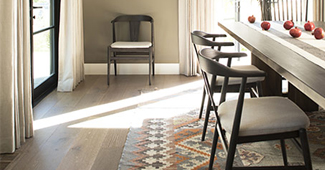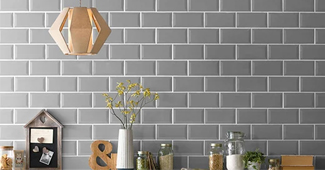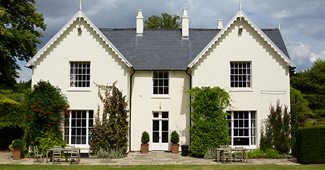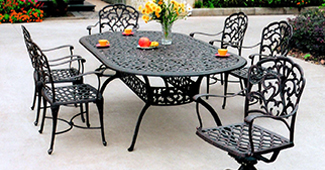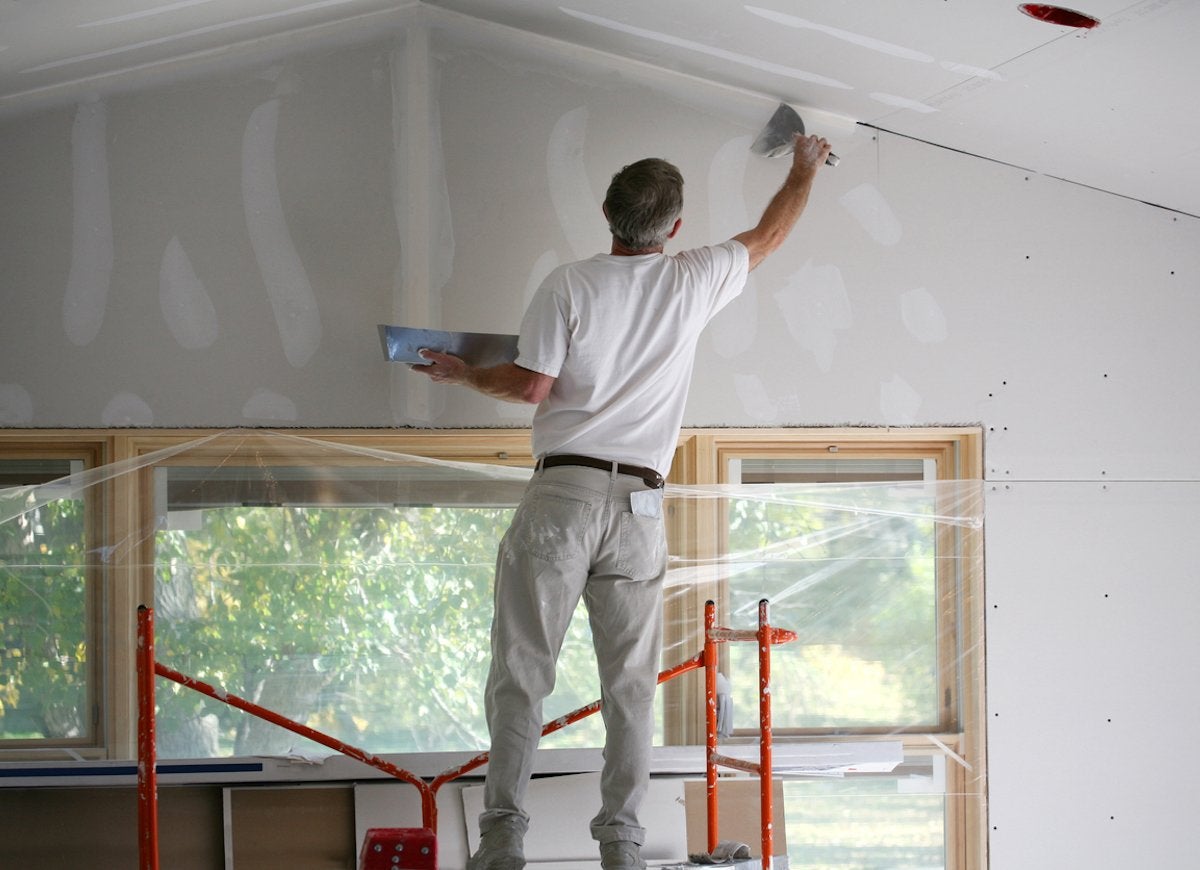How to Prime New Walls for Painting
A common question that we often get asked here at the Paint Shack by house owners is how to prime new walls for painting. Another related question is whether or not the interior walls of a house need to be primed prior to painting. That’s an excellent question. Once upon a time, almost every painting expert said that you should use primer. Thankfully, that’s no longer the case thanks to the quality of the paint currently on the market. Of course, new walls are going to be slightly different and do need some priming.
What is Primer?
Even though it looks like paint, primer has more solids and an adhesive binder. In essence, it seals the surface and creates a spotless surface on which paint can cling. It resembles glue or sealant more so than paint in several ways.
Ensure the Plaster is Dry
First things first, give your plaster enough time to dry. Because plaster is so permeable, it will quickly absorb any moisture. Because of this, letting it dry out will enable you to produce a finish that is more even. The type of plaster and the weather are a couple of the variables that affect how fast you can paint on fresh plaster. Plaster typically needs four weeks to completely dry. By turning on a heater or opening a window, you might hasten the process. Failure to allow the plaster to dry will almost certainly result in cracks or peeling of your new paint.
Create and Use a Mist Coat
If you paint fresh plaster before it’s completely dry, you might also get splotchy brushstrokes. The following step is to make your own mist coat paint. Watered-down emulsion paint, which serves as your primer, is what mist coat paint is. It’s as simple as getting some white emulsion paint and thinning it with water. It should work with three parts paint to one part water.
Next, paint your freshly plastered wall with a mist coat. Make sure the space has been appropriately prepared. Set up dust cloths, protect furniture, and gather your brushes.
As it absorbs into the wall, the mixture will seal the plaster. This extra layer of water will help your top coat stick better and give you a professional-looking finish. Before applying your colour, you can sand or fill in any defects you find in the wall. Allow enough time for your mist coat paint to dry.
Finish with a Top Coat
The most exciting part of painting new plaster is applying your top coat and that crucial pop of colour. You can now paint your wall and decorate your room as usual after finishing all the preparation work.
We hope you’ve learned a lot from this step by step guide on how to prome new walls for painting.

